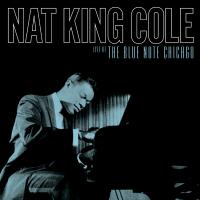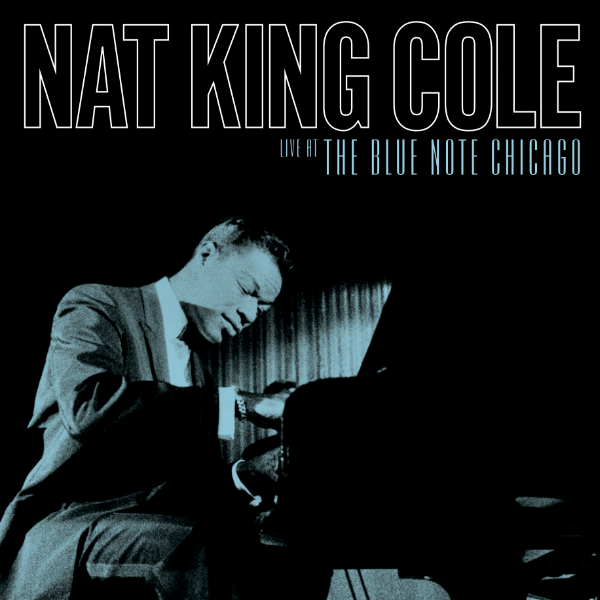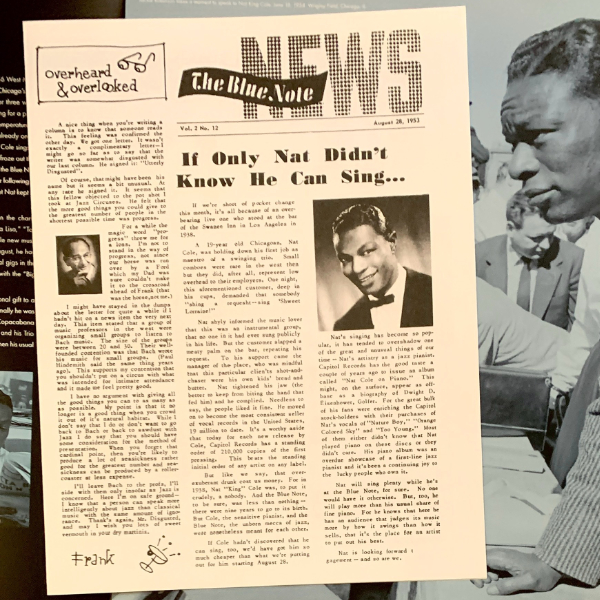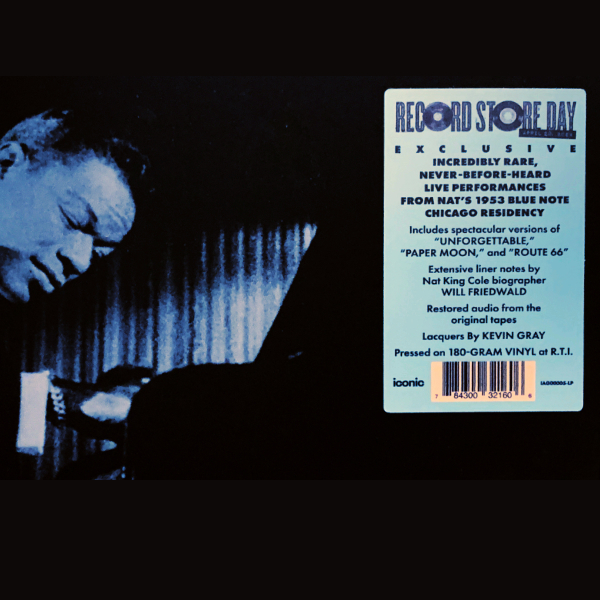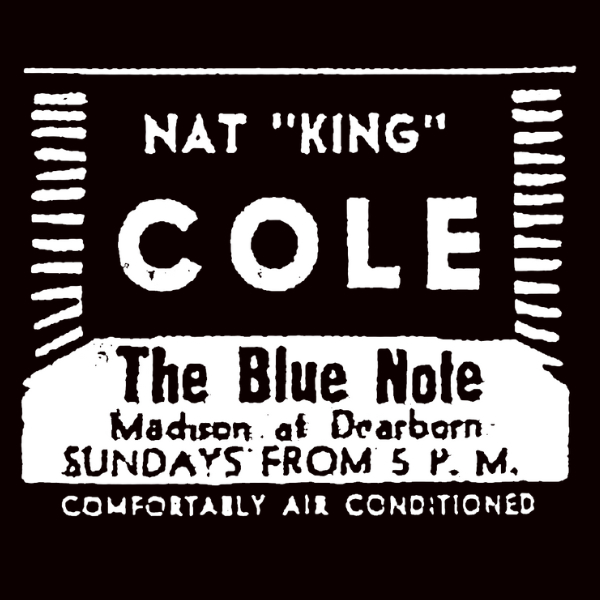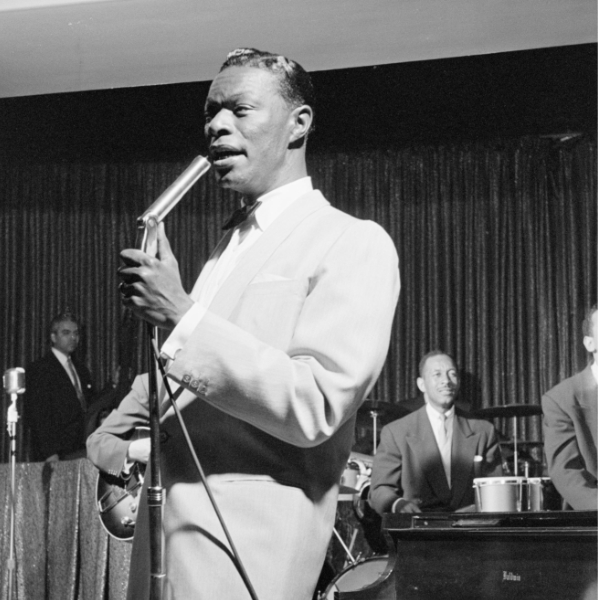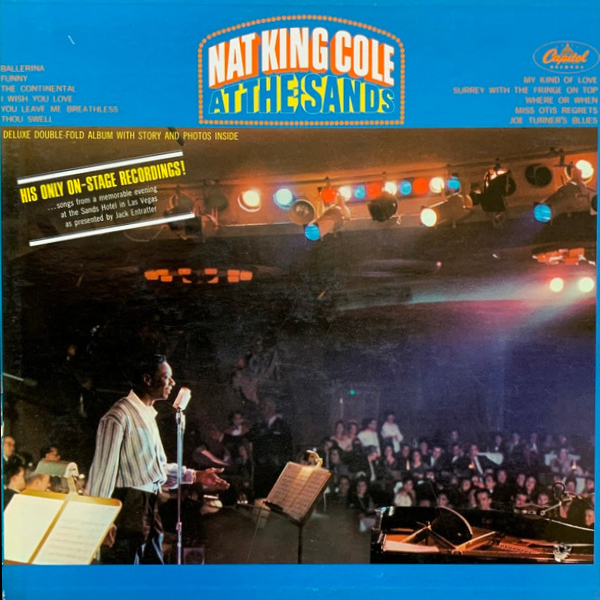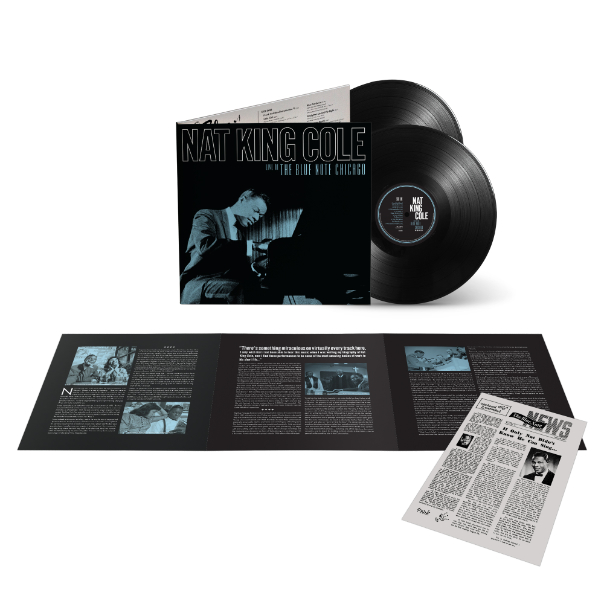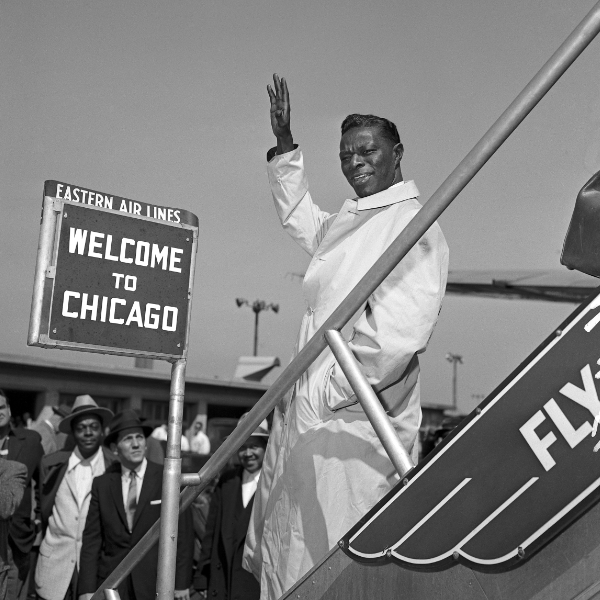Thank you for the review. I love NKC.
(likely digital)?
I am befuddled by the fact that on Analog Planet i did not learn if it is analog.
Should that not be the number one thing for a reviewer to investigate and to pass on to the readers and lovers of Analog Planet?
"important perspective as you start building your want/must-have list for the upcoming Record Store Day on April 20, 2024"
For it to be on my want/must-have list i need to know it was digitized.
For what its worth, i would rather have sub-par sounding analog recordings than digitized music.
